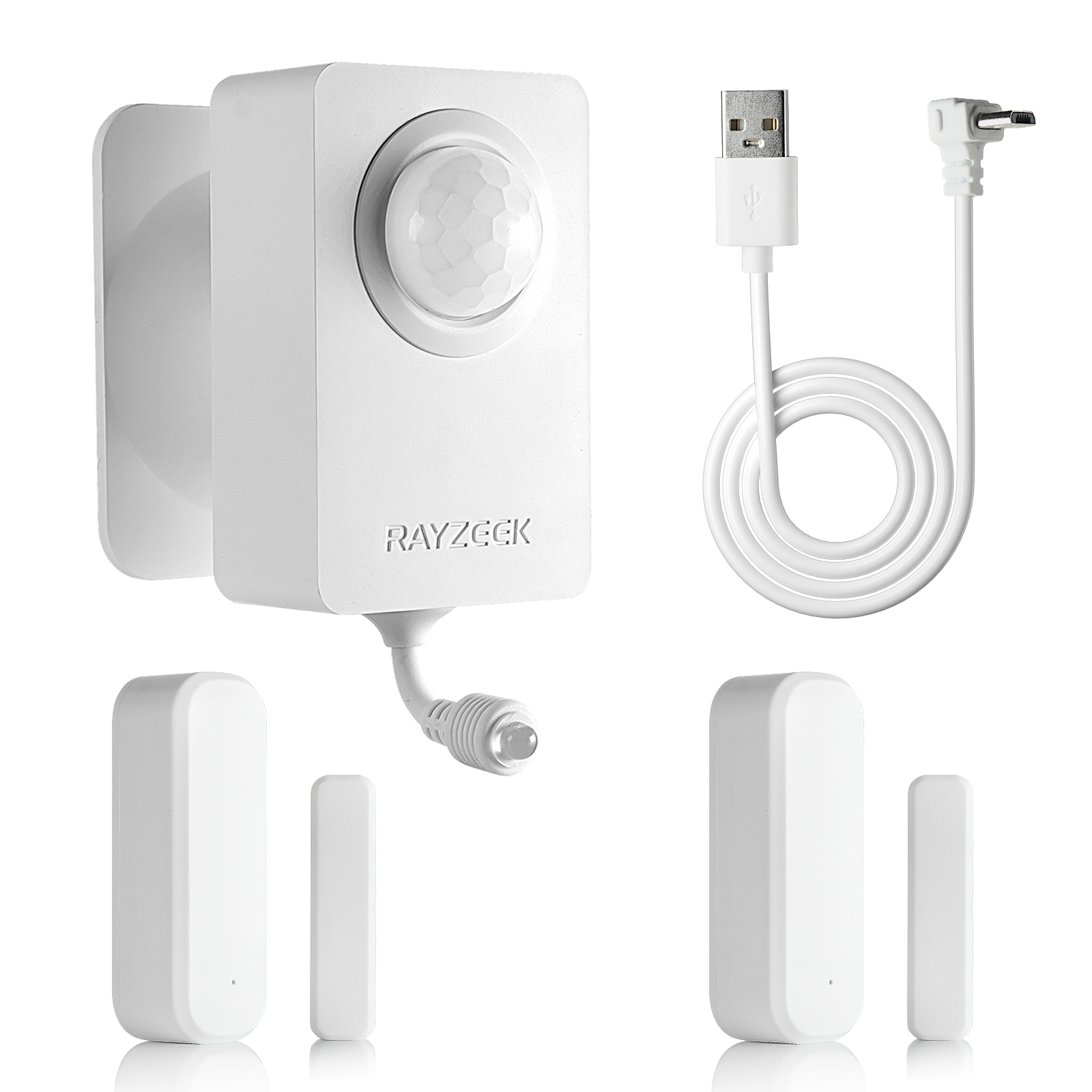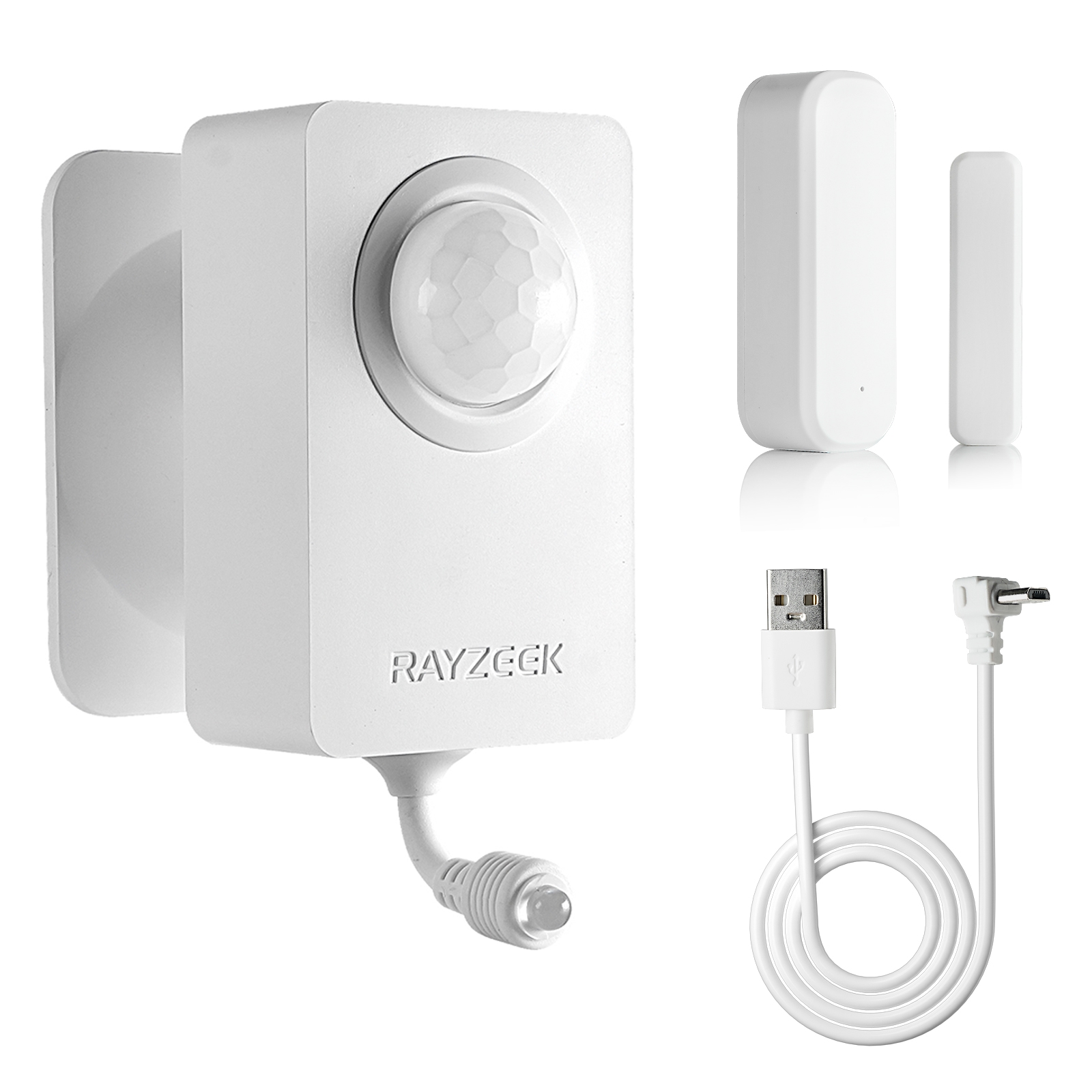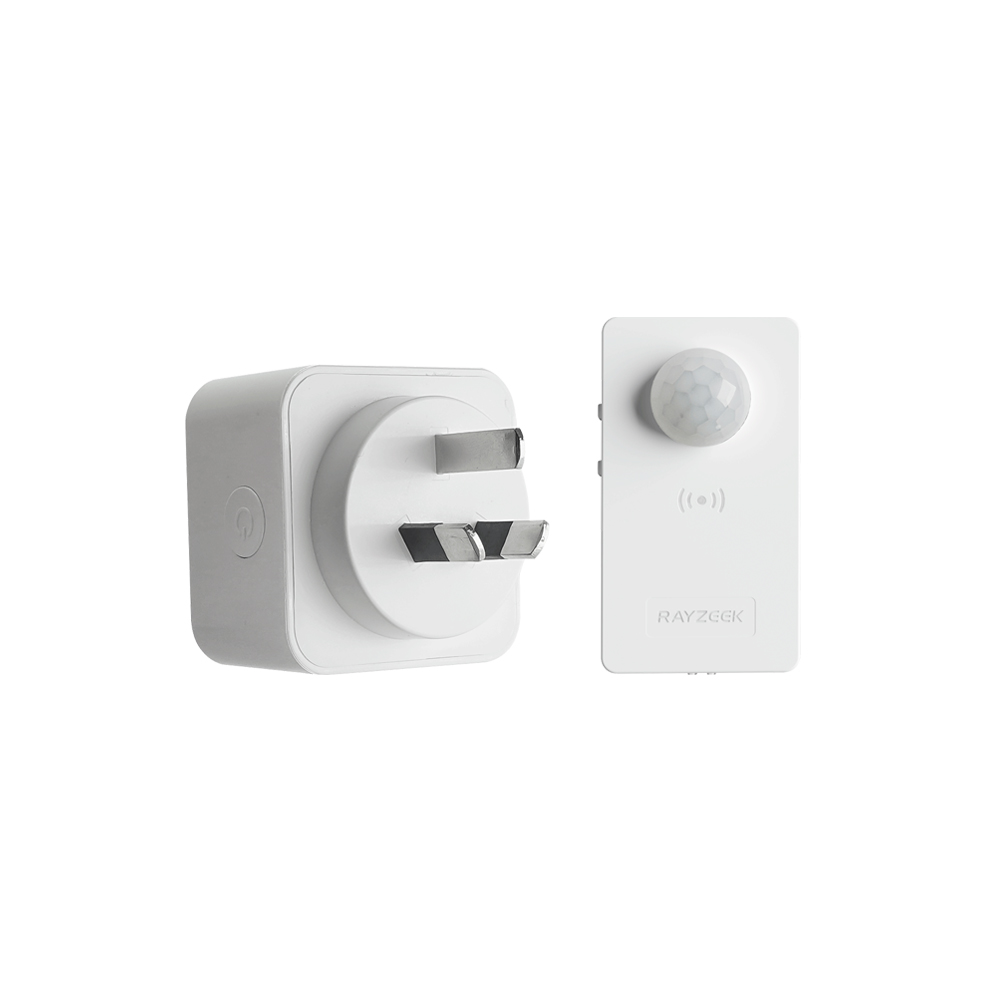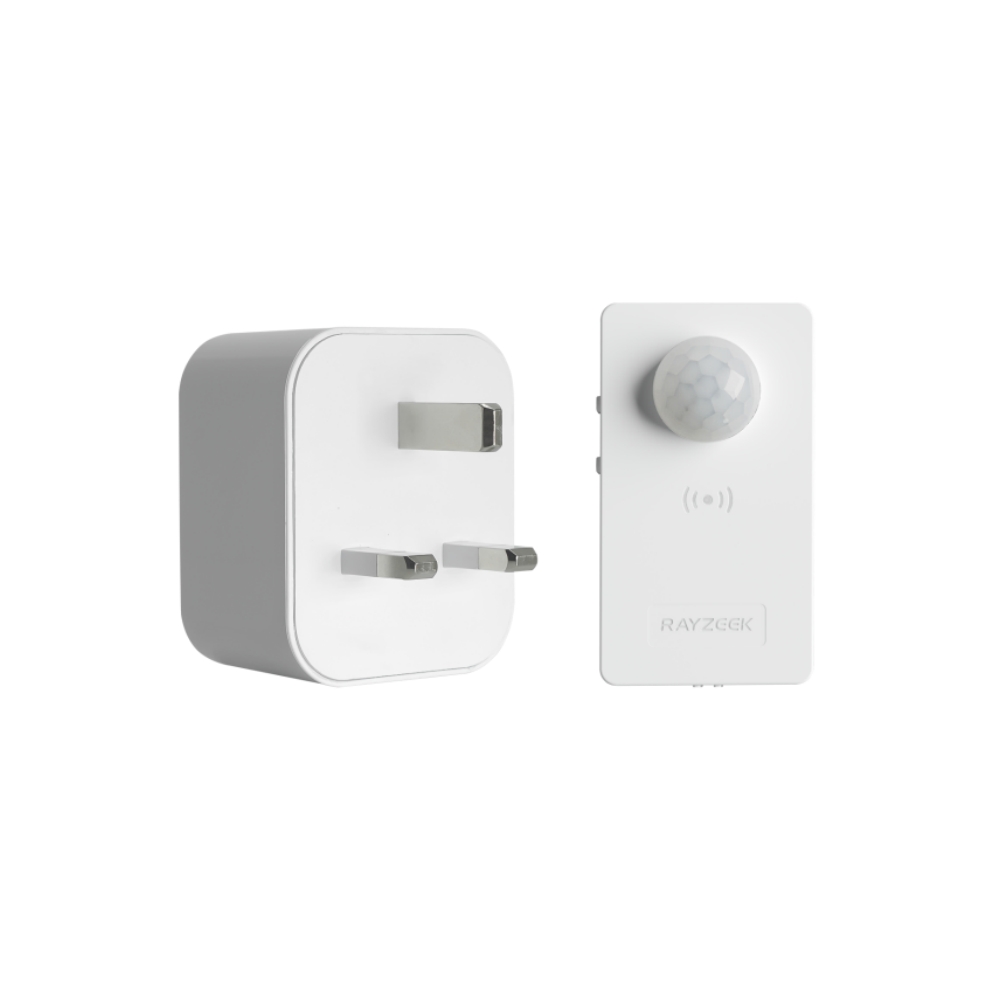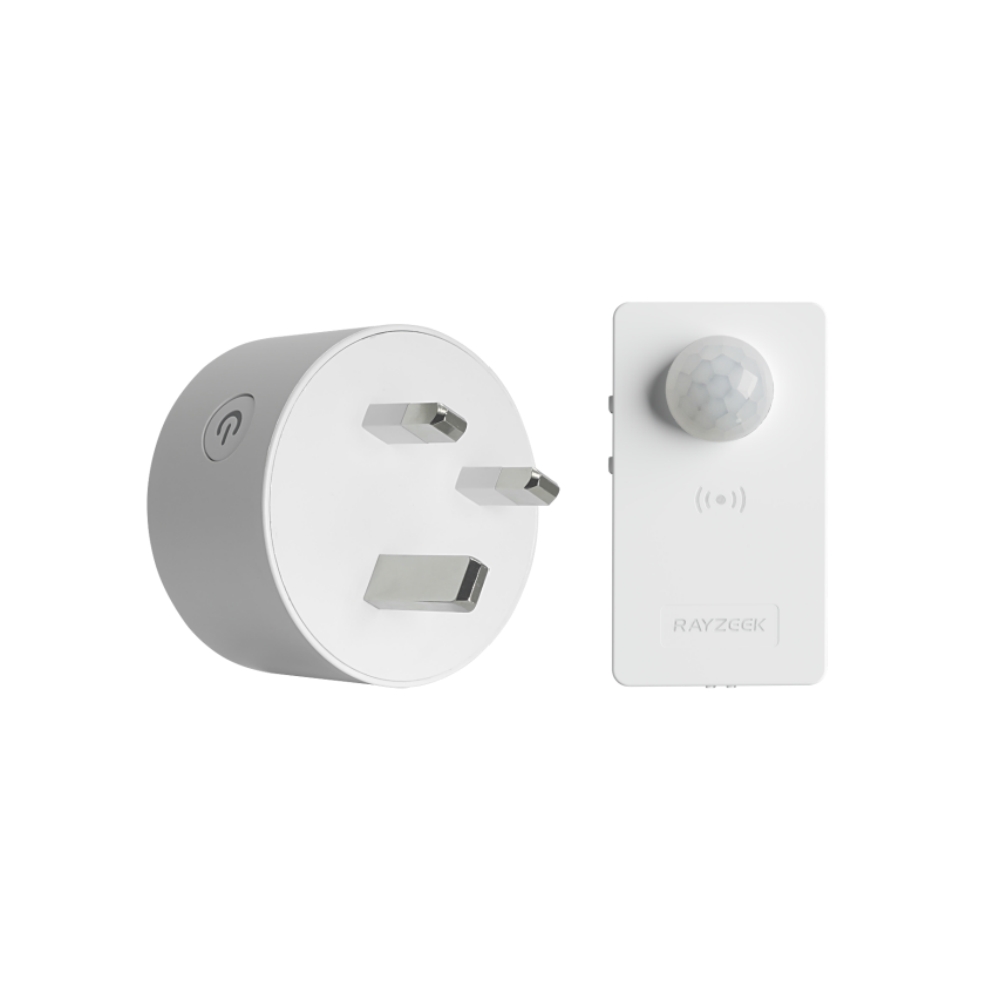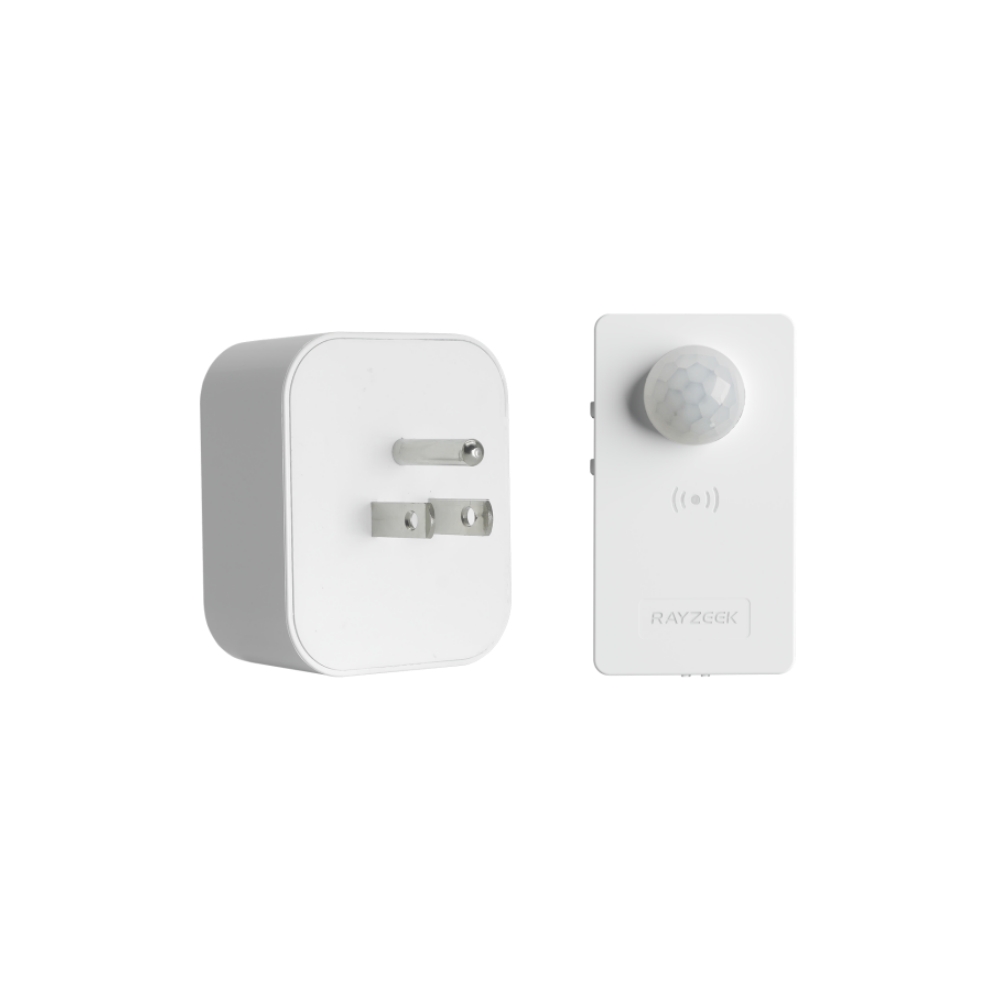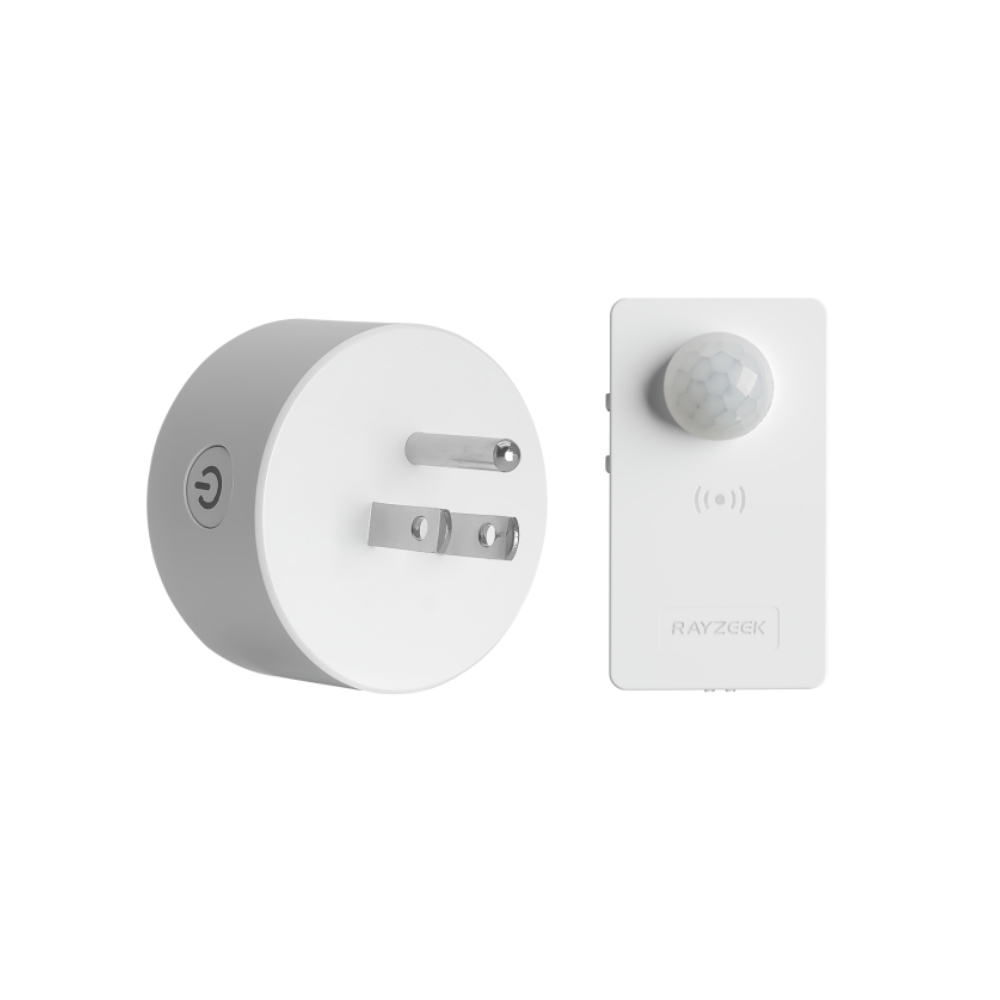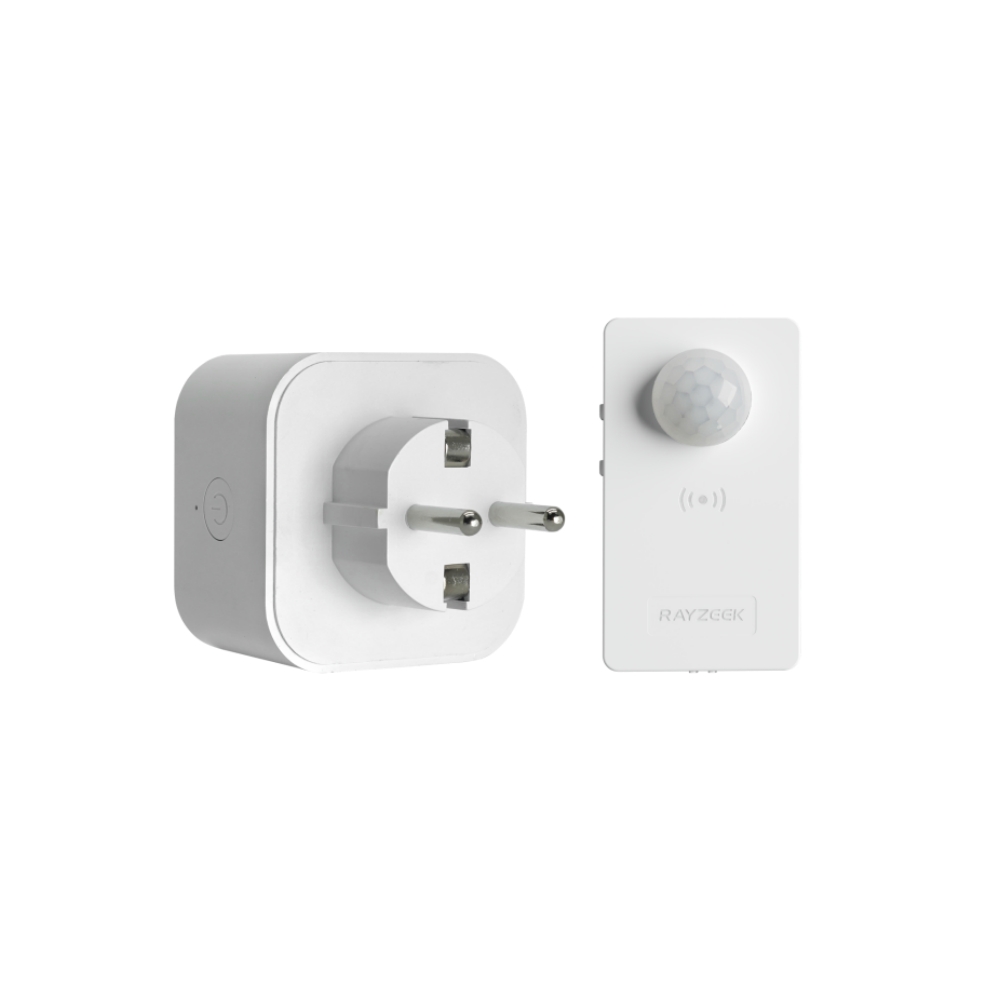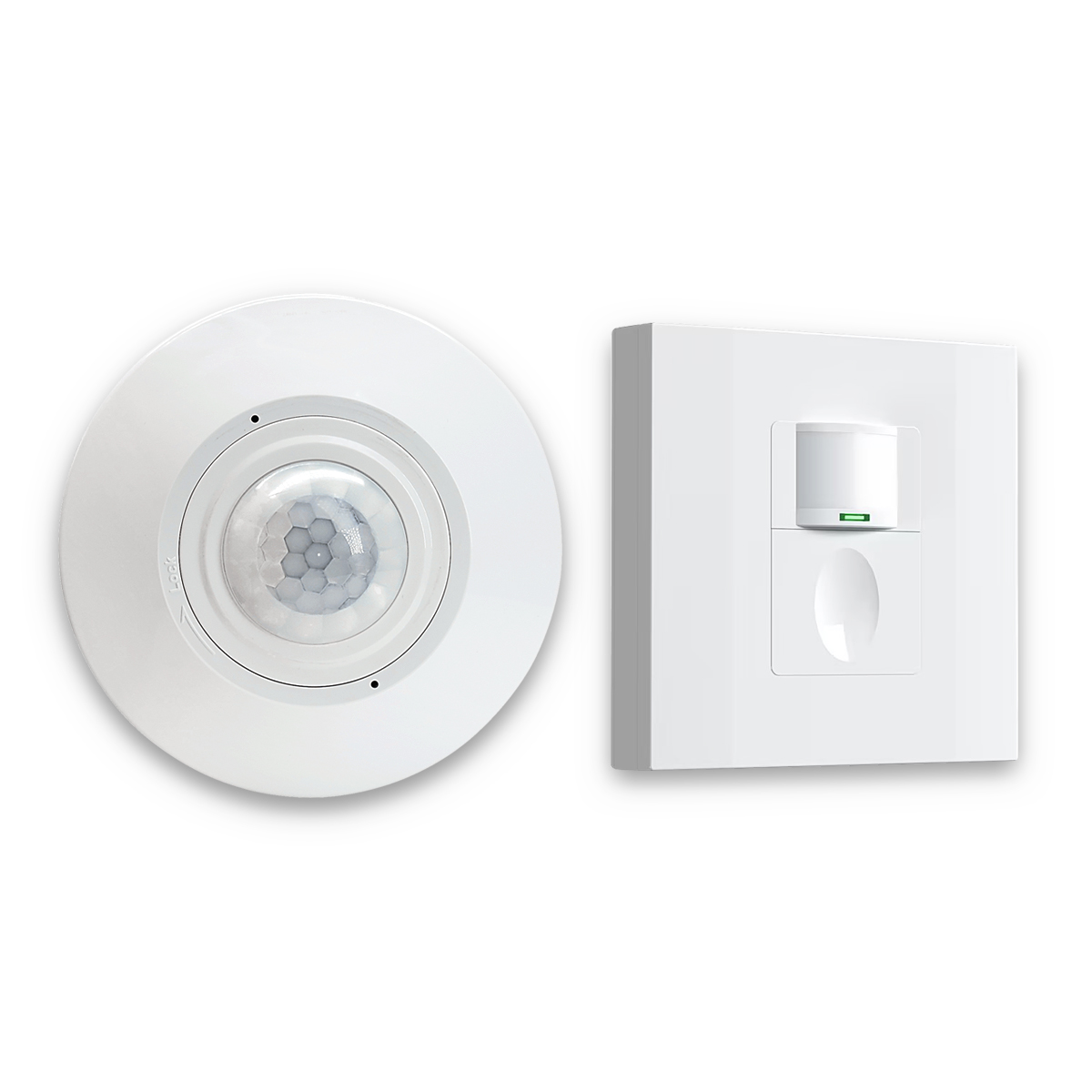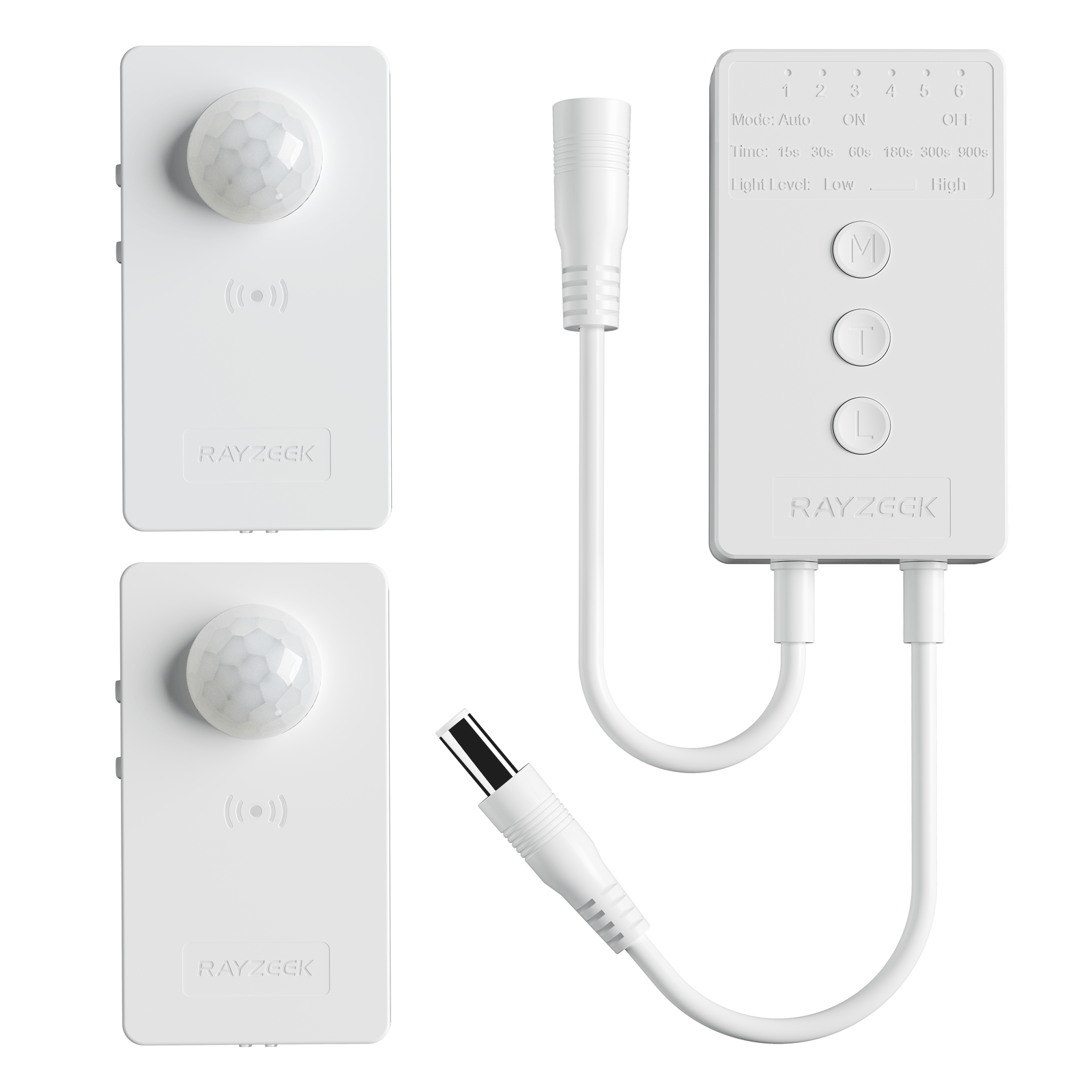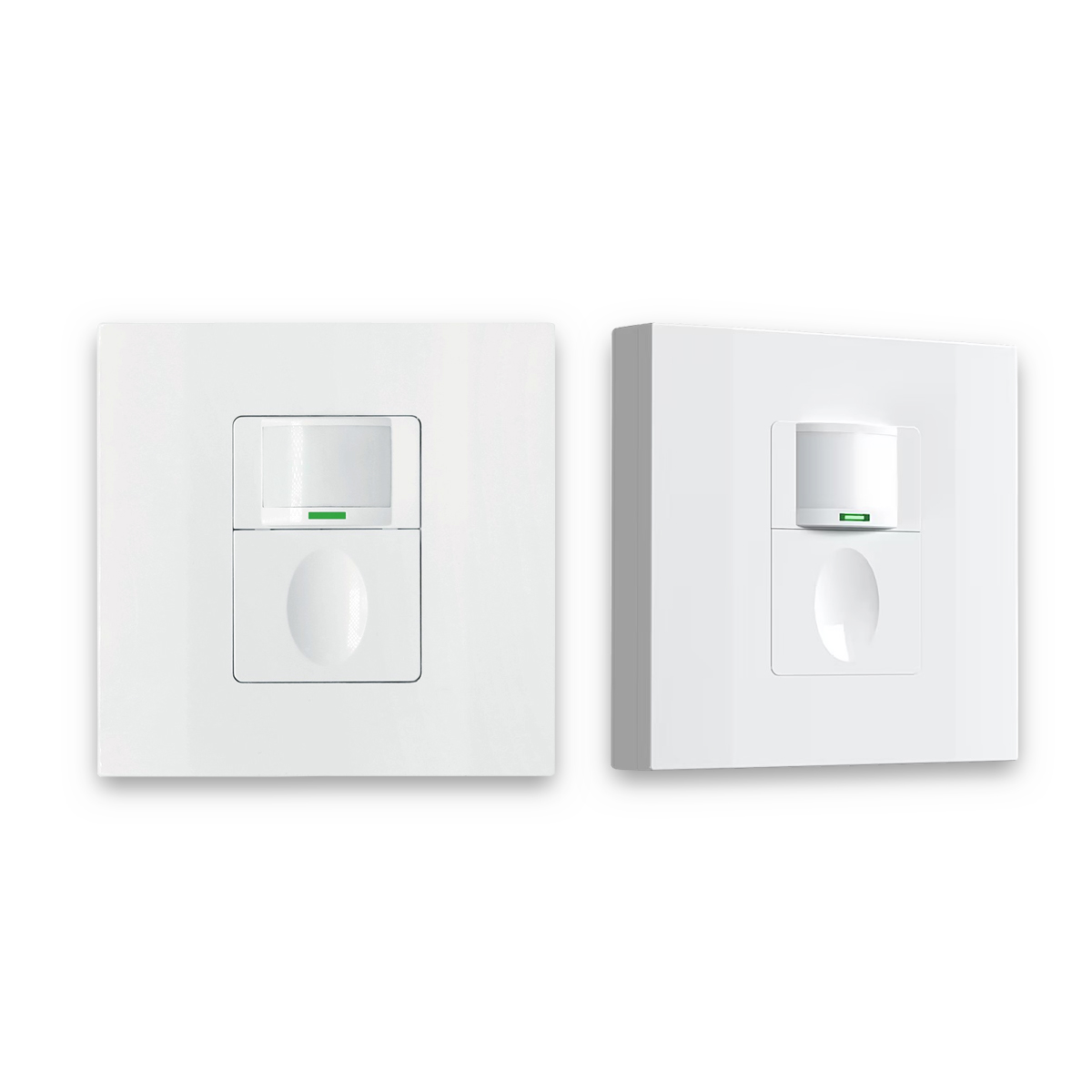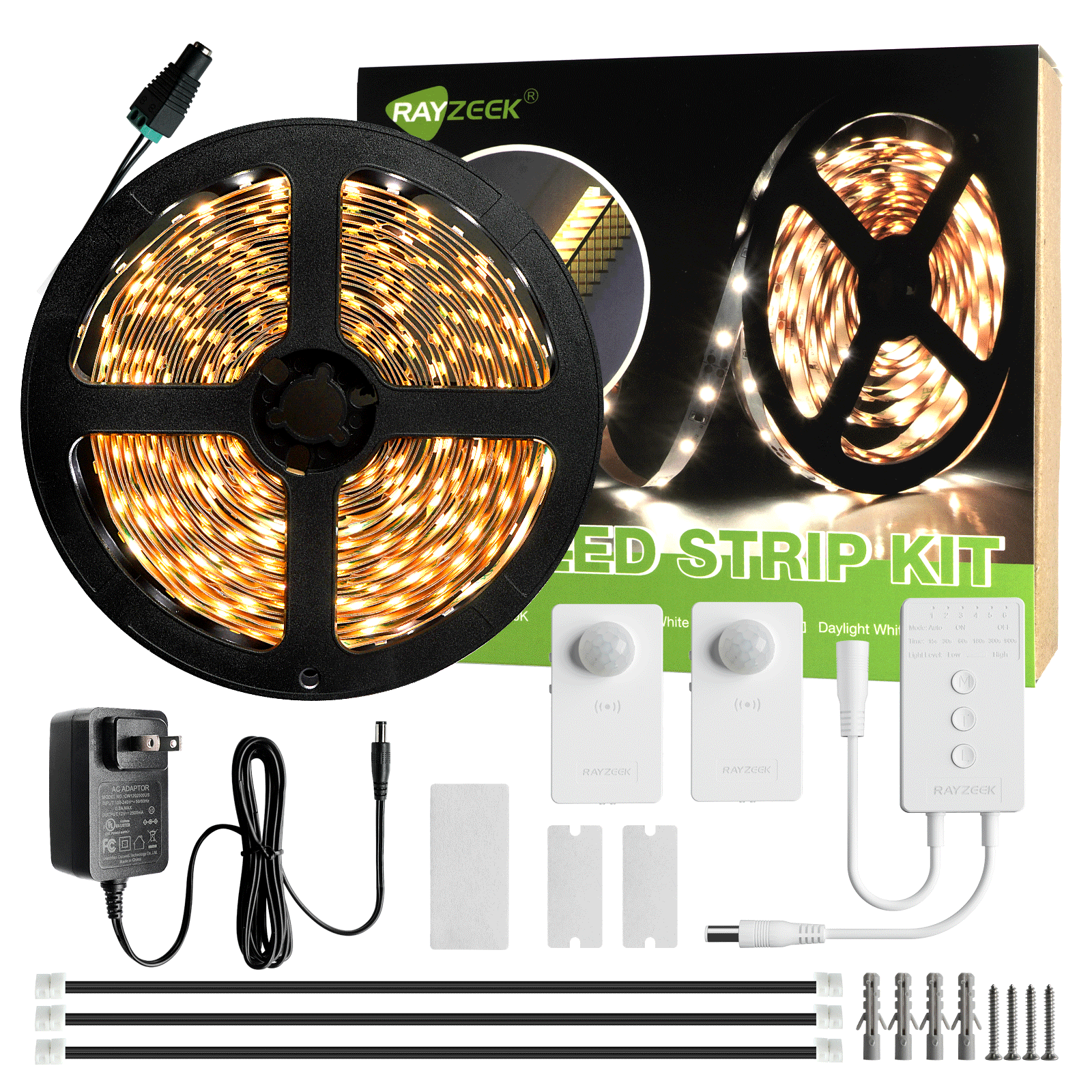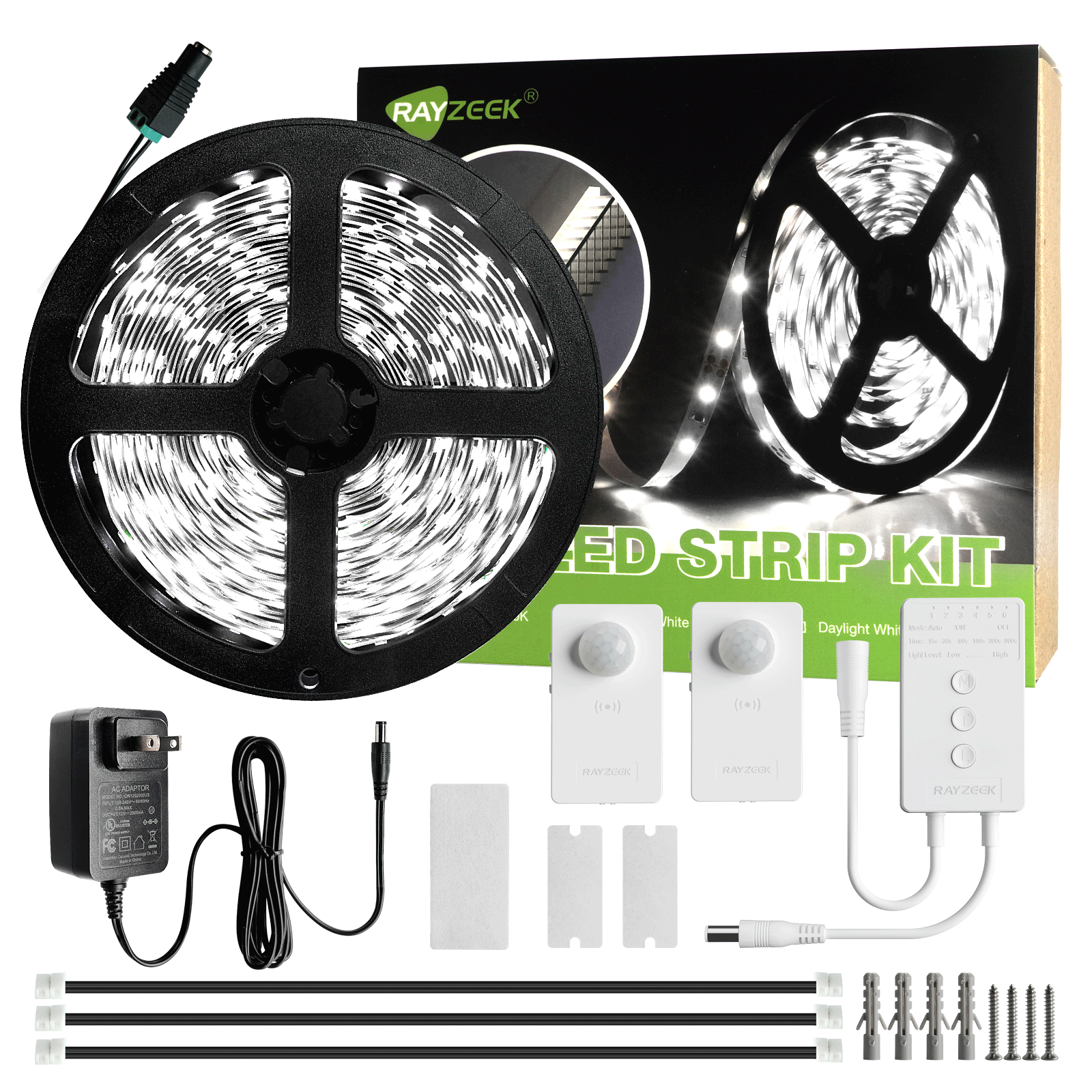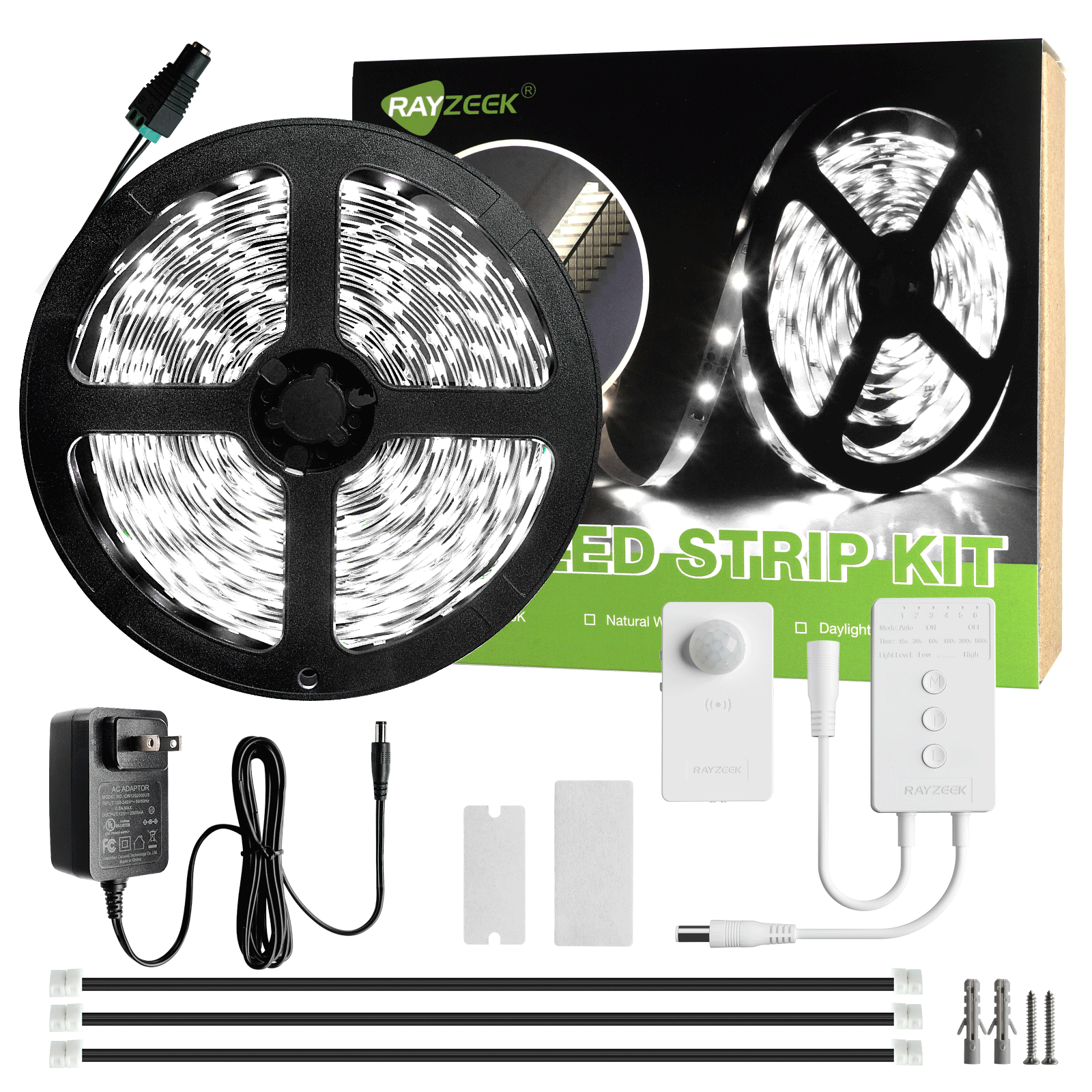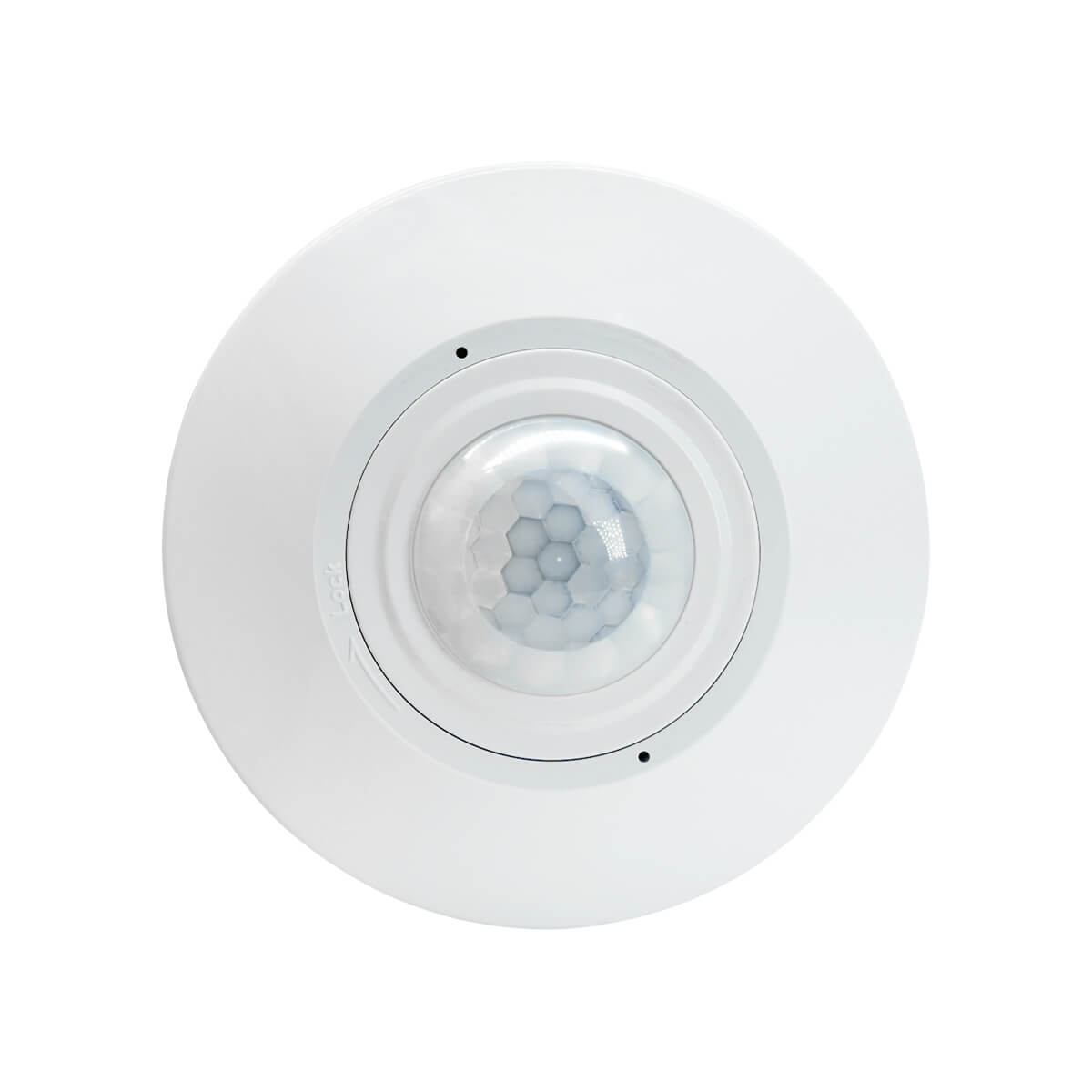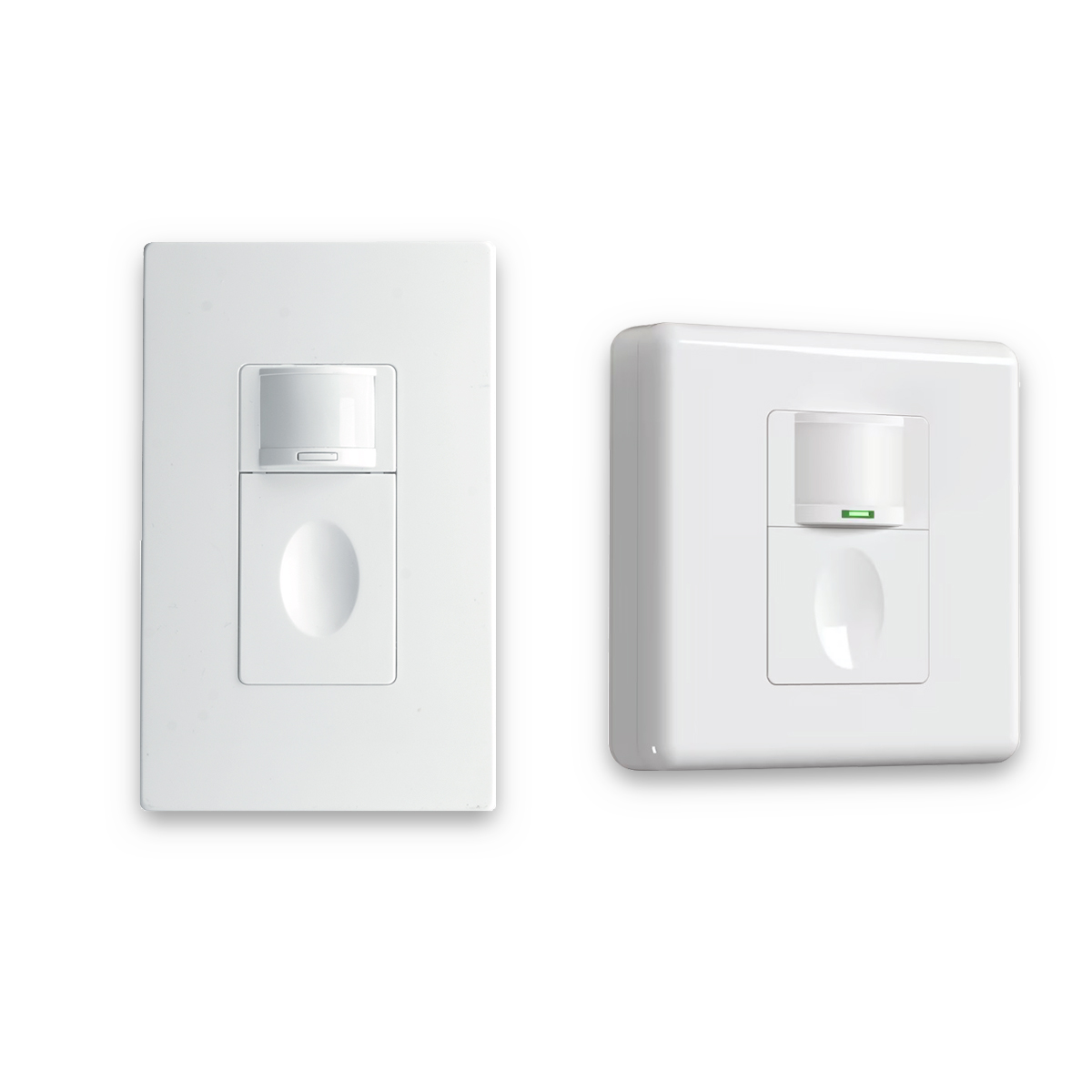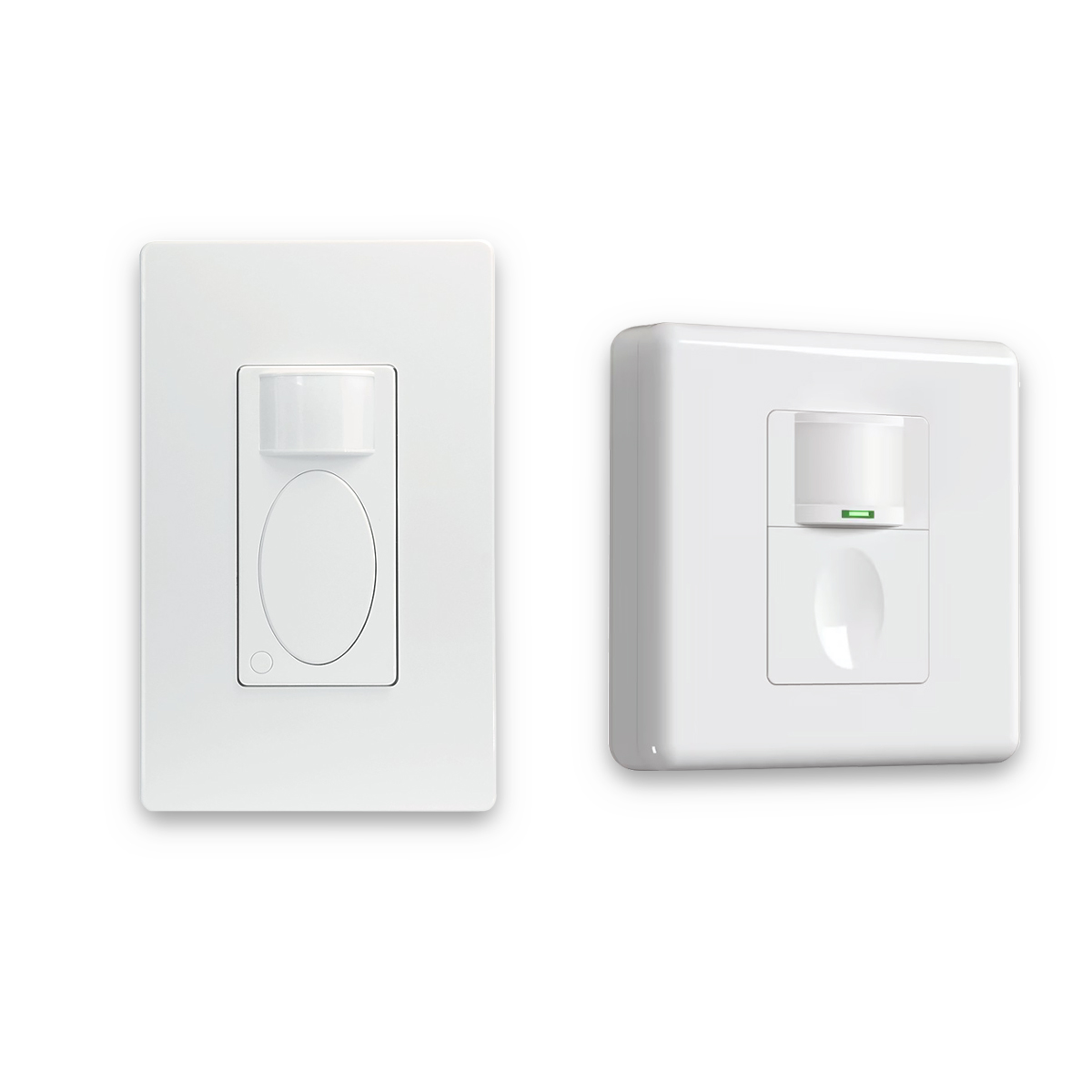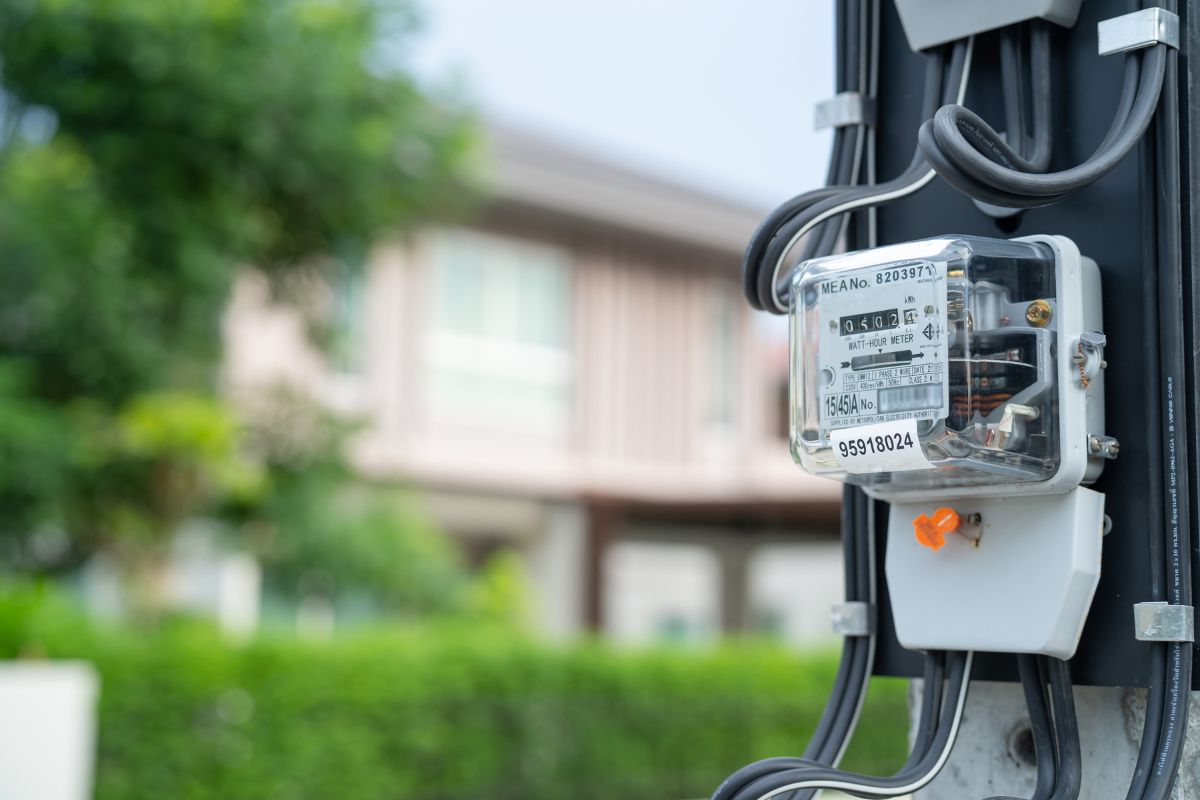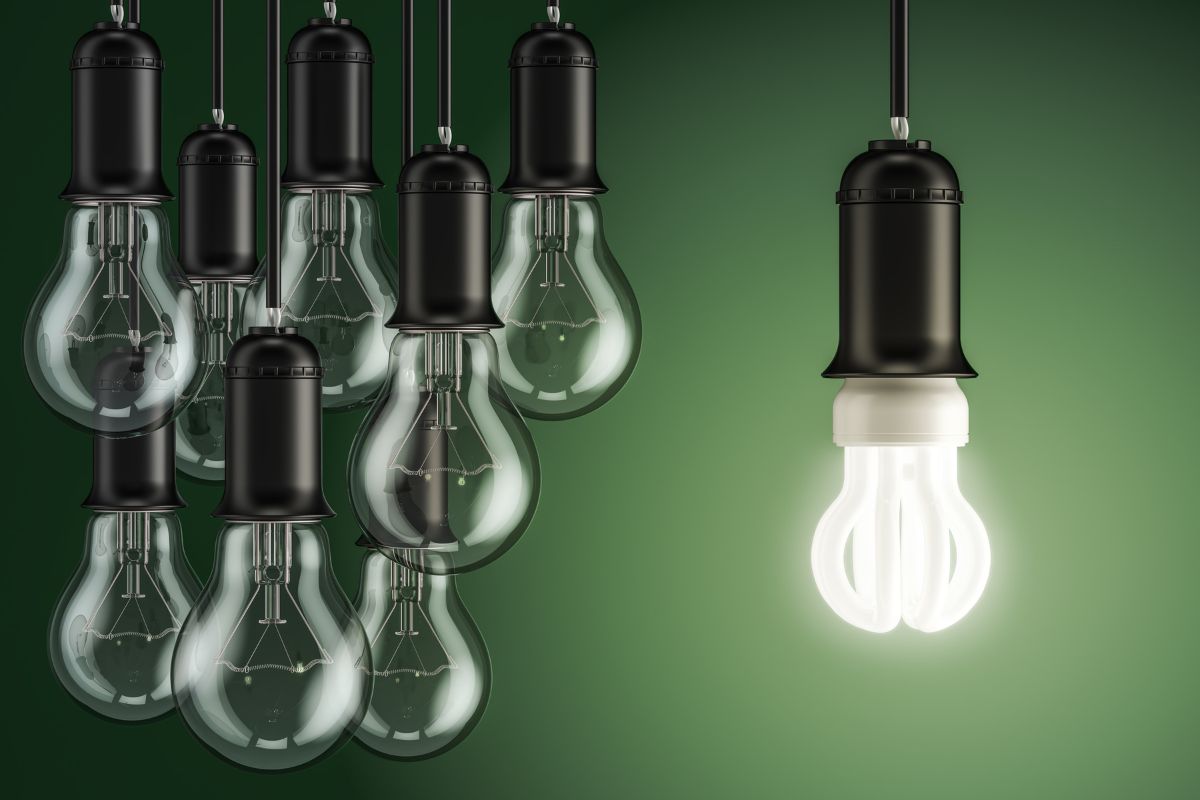What is Light Source
A light source is a device or fixture that emits visible or near-visible radiant energy for the purpose of illumination. It is an essential component in lighting systems, providing artificial light in various settings. Light sources can be categorized into different types, including lamps, bulbs, and LEDs.
Lamps, which are commonly used as light sources, come in various forms such as incandescent, fluorescent, and high-intensity discharge (HID) lamps. These lamps utilize different technologies to produce light, with each type offering unique characteristics in terms of brightness, color temperature, and energy efficiency.
Maybe You Are Interested In
Another type of light source is the LED (light-emitting diode), which has gained popularity in recent years due to its energy efficiency and long lifespan. LEDs are semiconductor devices that emit light when an electric current passes through them. They are available in a wide range of colors and can be used for general illumination as well as specialty applications.
Looking For Motion-Activated Energy-Saving Solutions?
Contact us for complete PIR motion sensors, motion-activated energy-saving products, motion sensor switches, and Occupancy/Vacancy commercial solutions.
In addition to lamps and LEDs, the term “light source” can also encompass other devices used for illumination, such as decorative lamps, infrared lamps, PAR (parabolic aluminized reflector) lamps, projection lamps, reflector lamps, sealed beam lamps, special-purpose lamps, and three-way incandescent lamps.
Frequently Asked Questions
What Is a Light Source Example
A light source refers to any object or phenomenon that emits light. It can be categorized into natural and artificial light sources. Some examples of natural light sources are the Sun, stars, and candles. On the other hand, artificial light sources include light bulbs, lamp posts, and televisions.


